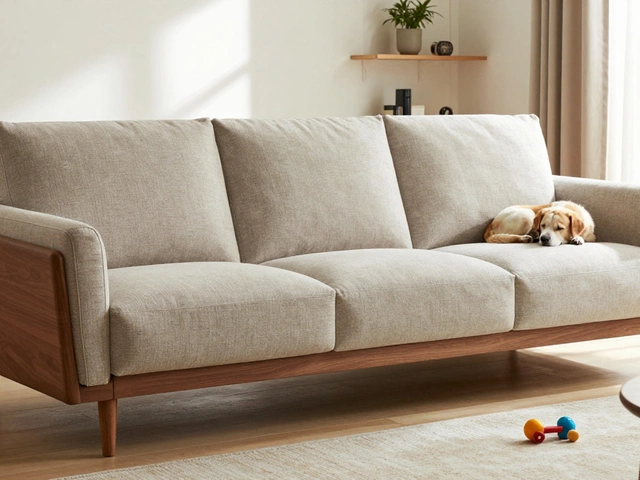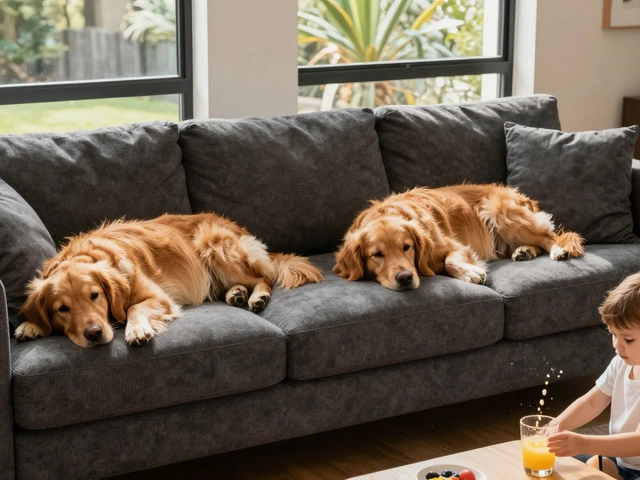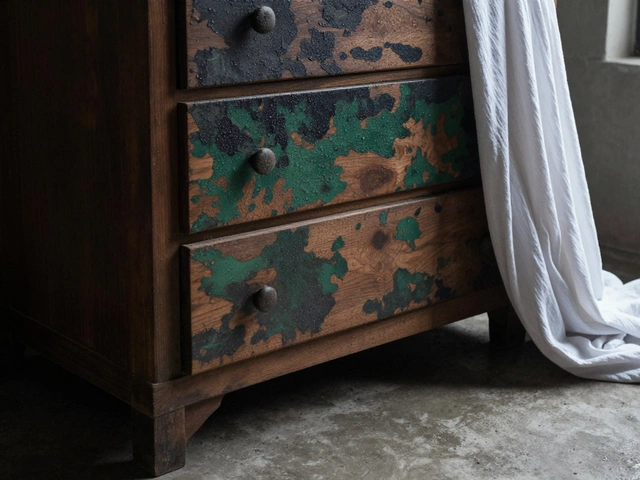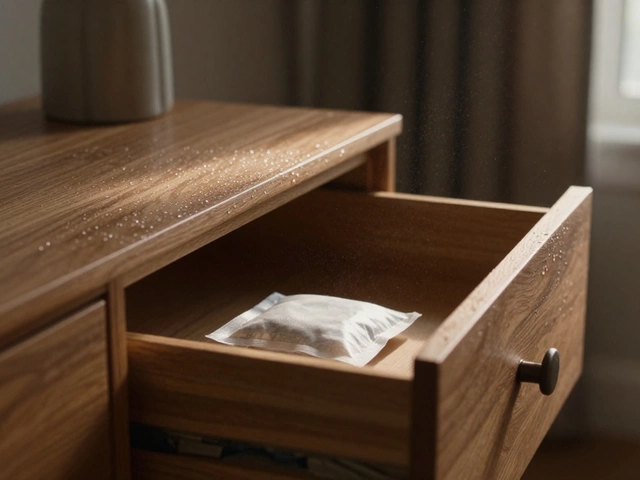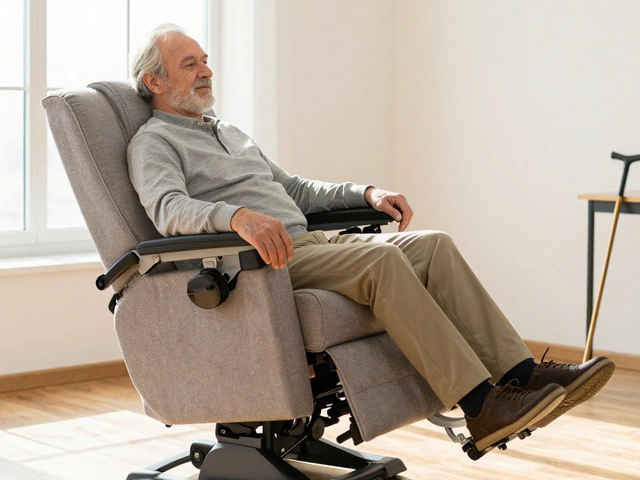Sofa Price Guide: Know Your Cost and Save Money
Thinking about buying a new sofa? The first thing on most people’s minds is the price tag. A sofa can cost anywhere from a few hundred bucks to several thousand, and the range can feel confusing. This guide breaks down why prices vary and gives you straight‑forward ways to get a great couch without blowing your budget.
Key Factors That Influence Sofa Prices
First up, materials. A fabric sofa made from polyester or polyester‑blend will usually be cheaper than one upholstered in genuine leather or high‑quality linen. Wood frames also matter—a solid hardwood frame adds durability and price, while particle board keeps costs down but may not last as long.
Size and style are next. A compact loveseat will be less expensive than a large sectional that fills an entire wall. Design extras like tufting, nailhead trim, or built‑in storage add labor costs, so expect a higher price for those features.Brand reputation plays a big role, too. Well‑known designers and premium brands charge more because of their name and the perceived quality. That doesn’t always mean a better sofa for your needs, but it does affect the sticker price.
Customization is a big price driver. Choosing your own fabric, leg finish, or cushion density can quickly add hundreds of dollars. If you’re okay with a standard finish, you’ll stay in a lower price bracket.
Lastly, where you buy matters. Big‑box retailers often have lower overhead and can offer discounts, while boutique stores might price higher for a curated experience and personalized service.
Smart Ways to Get a Good Deal on a Sofa
Look for sales cycles. Most furniture stores slash prices during holidays, end‑of‑season clearances, or after new collections arrive. Signing up for a retailer’s newsletter can give you early access to promo codes.
Don’t ignore floor models. Showroom pieces are often lightly used and sold at a steep discount. Ask the salesperson if they’re willing to let you take one home for less.
Consider online‑only brands. Companies that ship directly to you skip the showroom cost, which can shave 20‑30% off the price. Just make sure you read reviews about comfort and durability.
Negotiate. It’s surprisingly acceptable to ask for a price match or an extra discount, especially if you’ve found a cheaper option elsewhere. A friendly “Can you do any better on this price?” can lead to a surprise reduction.
Financing can help manage cash flow, but read the terms. Zero‑interest offers are great if you can pay off on time; otherwise, the interest can make the sofa more expensive.
Maintain your sofa to protect the investment. Keep cushions fluffed, rotate them regularly, and clean spills promptly. A well‑cared‑for couch lasts longer, meaning you get more value from the amount you spent.
In short, a sofa’s price is a mix of material, size, brand, customization, and where you buy. By timing your purchase, checking floor models, comparing online options, and negotiating, you can snag a sofa that looks good, feels good, and fits your budget.
What Should a Quality Sofa Cost?
Buying a sofa is a major home investment and it's important to understand how much you should expect to spend on a quality piece. Factors like materials, craftsmanship, and brand can heavily influence the price. Quality sofas may seem pricey upfront but often provide better durability and comfort. This guide will help you navigate through the costs associated with purchasing a high-quality sofa.

